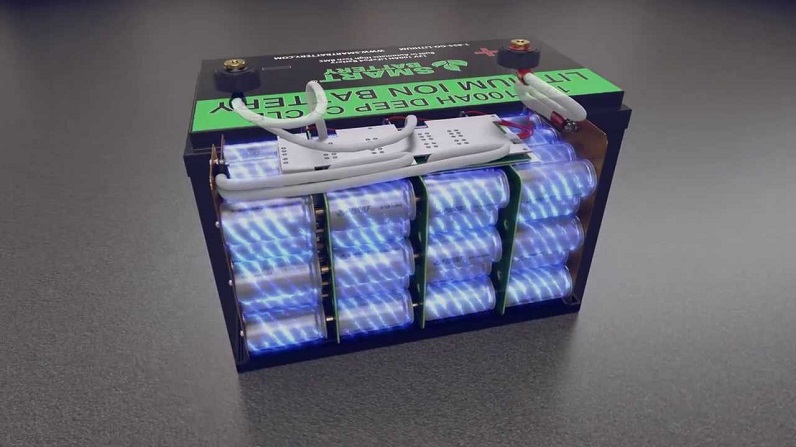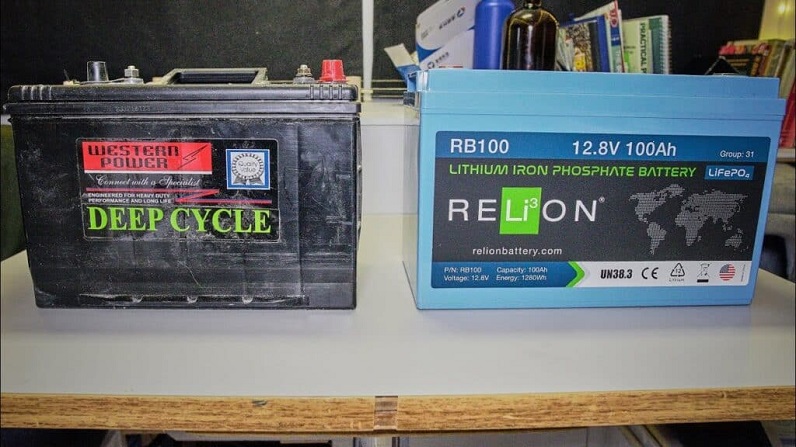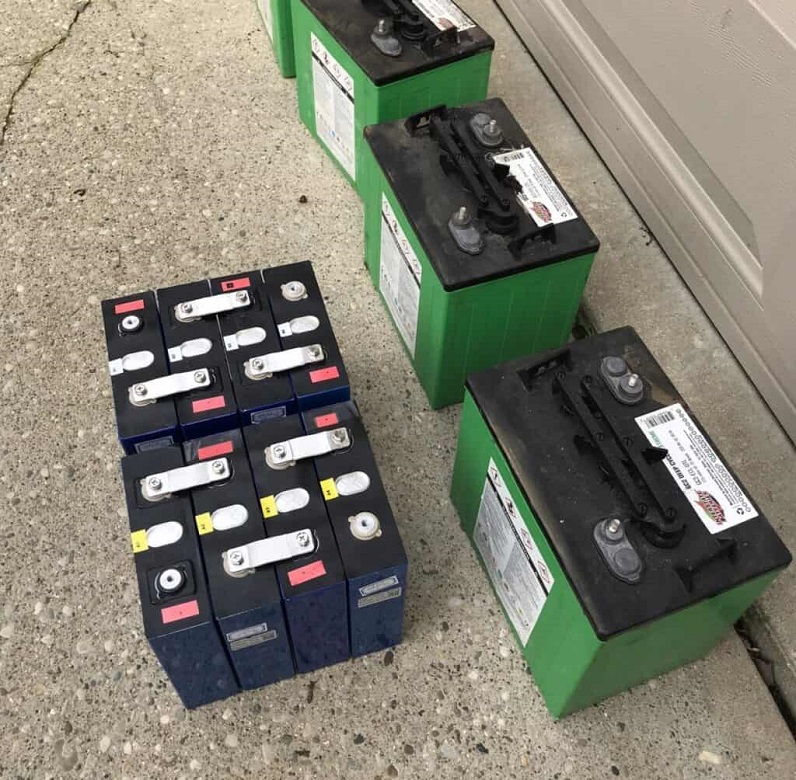All You Need to Know About Lithium Deep Cycle Batteries
If you want to get a lithium-ion battery, be sure to know your stuff before you purchase it. The lithium-ion cells are “deep cycle” or in other words, they have the ability to be completely charged and discharged. These batteries are different from other battery chemistries because of their high energy density and low cost per cycle. There are six common chemistries of lithium batteries; for example, in renewable energy applications, the principal chemistry used is Lithium Iron Phosphate (LiFePO4).
These batteries are ideal for storing clean energy when you go camping, but also even for a regular car you use to drive to work or school. But, let’s see some additional details about these batteries – how they work, their size, and what you should consider before you purchase your first lithium ion deep cycle battery.
How Does a Lithium Ion Deep Cycle Battery Work?
Lithium deep cycle batteries have an improved functionality (compared to their AGM and flooded alternative options). These batteries can be discharged to a higher level of safety. Lithium batteries can be safely discharged to a 100% Depth Of Discharge (DOD) (@10.5v); this provides more useable amps vs. a top 50% DOD for an AGM to maintain its cycle life.
However, it’s recommended to limit the depth of every discharge to 80% of the rated capacity in order to prolong the lifespan of the battery. With good use and maintenance, these batteries can last for a decade, providing great value for your money.
Battery Size & Weight

Most people want to know how big and how much lithium batteries weigh. An equivalent Lithium battery takes up half of the physical space of an AGM battery, which is excellent if you want to store it somewhere. If we compare this battery to an AGM of 100 Ah we’ll see that Lithium 100Ah (100Ah usable) is 305x165x215mm. Lithium 60Ah Slimline (60Ah usable) is 291x106x223mm.
Another great thing is that it’s lightweight, making it perfect for portability. A 60Ah Lithium Battery weighs 7.7kg which is nothing compared to the 28kg of an AGM battery. A 100 Ah Lithium weighs only 16kg (compared to the 53kg of AGM). If you replace an AGM battery with Lithium you’ll save so much usable capacity and it won’t weigh so much.
How Quickly Do These Batteries Recharge?
Besides the weight savings, smaller size and safer discharge, the lithium ion deep cycle battery also has a faster recharge compared to other battery technologies. This is of course a huge benefit for everyone. The low resistance in the Lithium cells let the battery accept the full output from the charger.
A 100Ah Lithium battery can be completely charged with a 30 Amp charger in just over 3 hours. Just for an example, a 100Ah AGM battery will take 10+ hours. This is a great benefit for solar power systems because every amp that your solar panels produce will go directly into the battery.
Things to Consider

Before you buy lithium deep cycle battery, you’ll see that the price varies even between the same models based on the AH capacity. Maybe it’s tempting to buy a cheaper battery and save some money, but it’s a better thing to invest in your battery and use it without problems for a longer time, instead to spend more money to replace it.
C-Value
The C-rate measures the charge/discharge rate of a battery for 1 hour. For a 100Ah battery, a 1C rating means you can draw 100amps for 60 minutes. For a .5C 100Ah battery, you can draw 50amps from the battery in an hour while a .2C 100ah battery 20amps for 60 minutes. A 1C battery isn’t instantly better than a .5C battery, it only has different parameters (they limit the battery’s capability and the BMS’ (internal battery management system) specifications for the highest continuous discharge. A .5C cell x 100Ah battery should have a 50A continuous draw BMS. The 100AH capacity can only be drawn safely up to 2 hours for a .5C cell and that the max draw you can place safely on the battery is 50A.
BMS Mismatch
Some batteries on the market use a BMS (battery’s internal management system) designed to use up to 100A, even though the cells in the battery are only .5C. This means they are only designed for a 50A BMS and the battery is stressing the cells to produce the current, which will end in reduced performance and life over time.

You can tell if the BMS is matched to the rating of the cells in the battery if you check the output voltage of the charged battery with a Multi-meter. Then you can apply the maximum load stated by the battery manufacturer. You can begin with 50A, and the voltage should remain constant. Increase the draw to 100A and then observe if the voltage drops. If it stays the same, the BMS is matched to the cells; in case it drops, then it’s a mismatch.